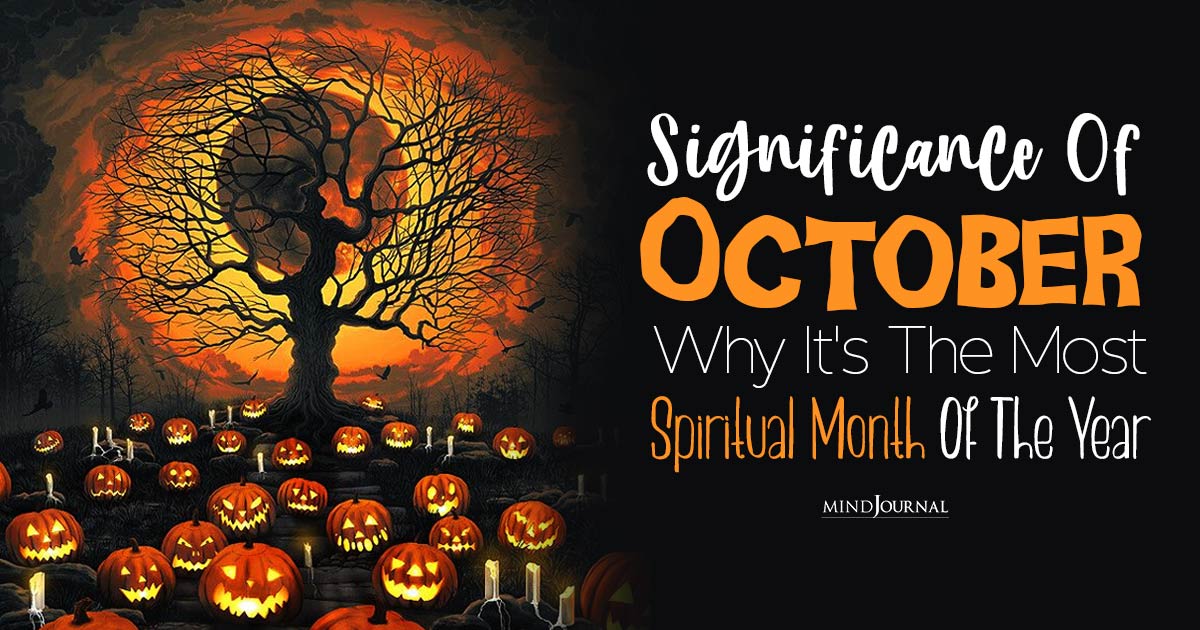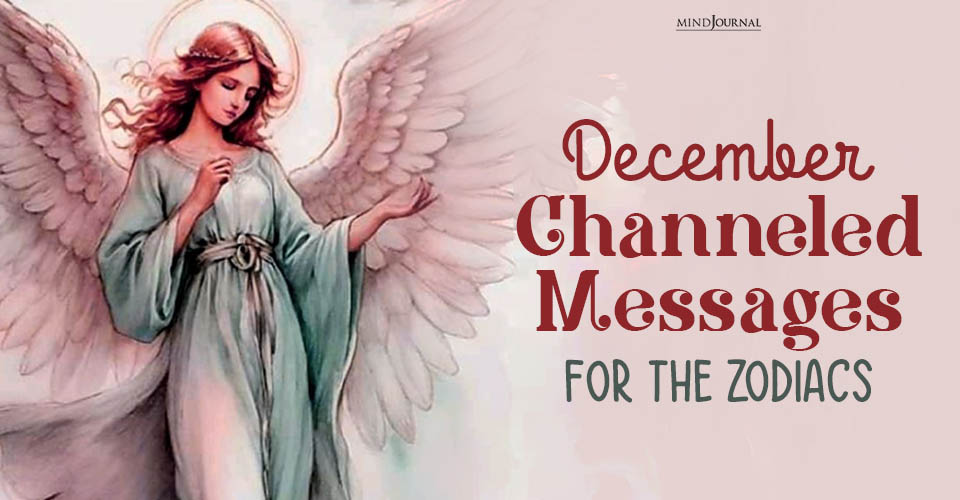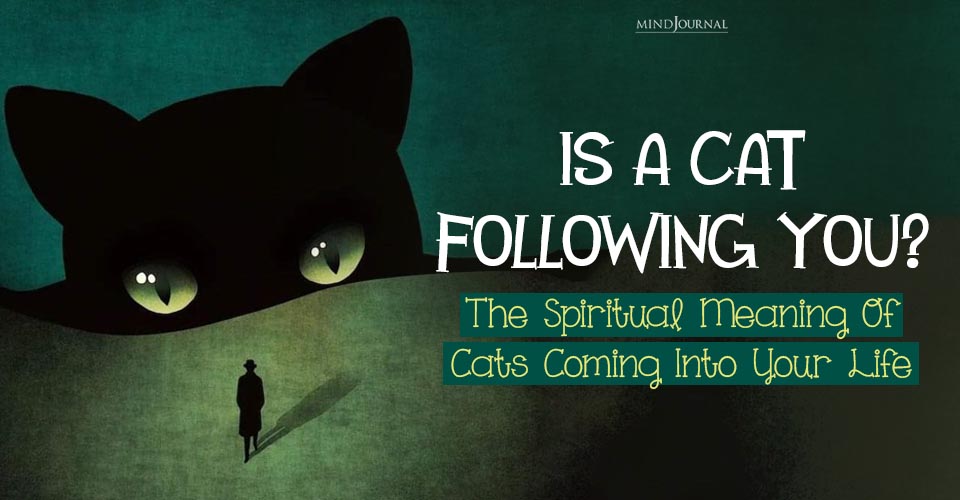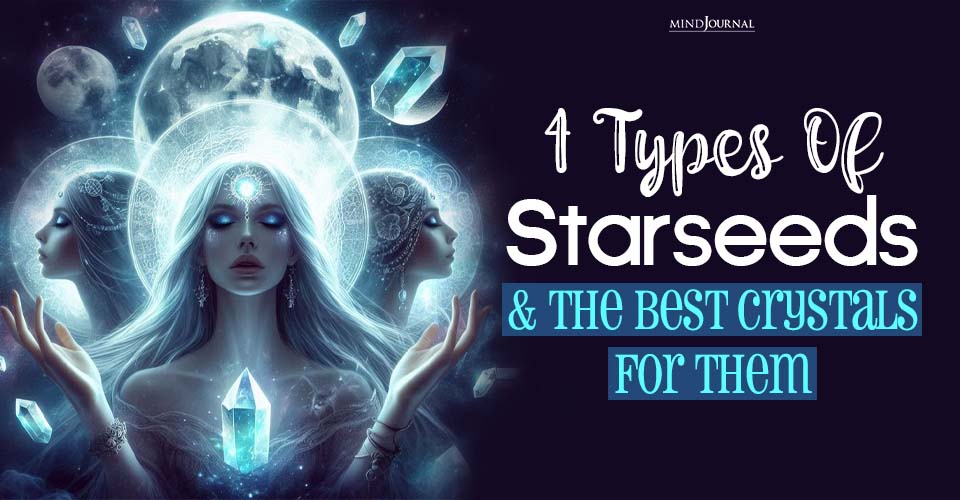With the cooler and longer nights, that time of the year has come again that reminds us to peek beyond the veil. The spiritual meaning of October has many a story to tell…!
As autumn paints the landscapes with its fiery palette, it also unfolds the unique spiritual significance of October that beckons the soul to journey inward.
It is a month of contrast and integration, where the fading light coalesces with the encroaching darkness, offering a profound space for inner reflection, growth, and embracing the unknown.
October, with its serene yet eerie beauty, has long been revered in various cultures as a powerful spiritual portal.
The spiritual significance of October talks about the veil between the tangible and the ethereal which seems to get thinner this time, urging us to delve deeper into the realms of the unknown and the unseen.
Read The Spiritual Meaning Of Déjà Vu: A Leap Across Time And Reality
The Spiritual Meaning Of October
Now let’s delve deeper into the spiritual meaning of the month of October.
1. Harmonizing with Nature’s Rhythms
In October, nature embarks on a period of surrender, gracefully letting go of the exuberance of summer.
Leaves turn to hues of amber and ruby before they calmly drift to the soil— a solemn reminder of the cyclical dance of life and death.
This natural release prompts us to reflect on our own lives, encouraging us to let go of outdated beliefs and to shed the old to make way for the new.
The rhythm of nature in October nudges us to align with our inner cycles, to balance the light and shadow within, mirroring the equilibrium of day and night during the equinox.
As we align with these natural rhythms, we foster a deeper connection to the earth and our own spiritual essence.
Read 5 Spiritual Significance Of Hair That Has Been Long Forgotten By Us
2. The Mysticism of October
The spiritual meaning of October can be best described through the festivals performed across multiple ancient cultures.
i. Samhain/ Halloween (Paganism)
Samhain, (pronounced Sow-in or Sah-win) celebrated from the evening of October 31st to November 1st, is an ancient Celtic festival marking the end of the harvest season and the onset of winter.
It’s believed that during Samhain, the veil between the physical and spiritual worlds thins, allowing for easier communication with the deceased. It’s a time rich with mystic traditions and honoring the cyclical nature of life and death.
This festival was an opportunity for the Celts to honor their ancestors and seek their guidance for the coming winter. Bonfires and feasts were a significant part of the celebration, and people wore costumes to ward off malicious spirits.
In contemporary witchcraft and pagan communities, Samhain is often considered a highly significant sabbat or holy day.

Here’s a closer look at how Samhain is revered and celebrated within witchcraft and modern pagan practices:
- Ancestral Veneration:
Samhain is a time to honor and communicate with ancestors and departed loved ones. Rituals often include setting up altars with photos and mementos of the deceased, offering food, and lighting candles to guide the spirits.
- Divination:
The thinning of the veil is believed to enhance psychic and intuitive abilities, making Samhain an auspicious time for divination practices like tarot reading, scrying, and rune casting.
Divination during Samhain can provide insights for the upcoming year or messages from the spiritual realm.
- Reflecting and Letting Go:
As a festival marking the death of the old and the beginning of a new cycle, Samhain is a time for personal reflection, letting go of past burdens, and making space for new beginnings.
It’s a time to reflect on personal growth, achievements, and losses over the past year.
- Rituals and Magic:
Witches and pagans may conduct rituals to tap into the potent energy of Samhain.
This might include spellwork for transformation, protection, and divination. Group rituals, often conducted in a ritual circle, can include chanting, dancing, and drumming to raise energy.
- Feasting and Celebration:
Communal gatherings and feasting are a big part of Samhain celebrations. Traditional foods like apples, pumpkins, and root vegetables are often included, and a place at the table may be set for the ancestors in a gesture of honor and remembrance.
- Bonfires and Outdoor Rituals:
Bonfires are a traditional part of Samhain, harking back to its Celtic roots. They symbolize the Sun’s light, guiding souls through the darkness of the upcoming winter.
- Meditation and Dreamwork:
Meditation and dreamwork can be significant practices during Samhain. Through these methods, individuals may seek to connect with inner wisdom or receive messages from the spirit realm.
- Education and Storytelling:
Sharing stories of ancestors, gods, and goddesses, as well as educating newer practitioners about the history and meaning of Samhain, is also a common practice.
- Connection to the Earth:
Samhain rituals often emphasize reconnecting with the Earth, acknowledging the cycle of life, death, and rebirth, which is mirrored in the changing seasons.
In modern times, this ancient reverence morphs into the celebration of Halloween, yet the mystical aura surrounding the spiritual meaning of the month of October remains palpable.
The whispered rustle of dry leaves carried by the autumn wind seems to echo with ancient tales and mysteries waiting to be uncovered.
Read Spiritual Meaning Of Candles: A Light to Our Inner Worlds and Beyond
ii. Mahalaya and Navaratri/Durga Puja (Hinduism):
Mahalaya marks the beginning of Devi-Paksha (the fortnight of the Goddess) and the end of Pitri-Paksha (the fortnight of the ancestors).
It is believed to be the day when Goddess Durga starts her journey to earth from her heavenly abode.
On this day, Hindus pay homage to their ancestors through a ritual called Shradh. It’s a solemn occasion, which sets the stage for the festivities of Navaratri and Durga Puja that follow.
These festivals, celebrated over nine nights (the last four days are celebrated in the Eastern states of India), are among the most important in Hinduism. They honor the goddess Durga’s victory over the buffalo demon Mahishasura.
The tenth day, known as Dussehra, celebrates the victory of Lord Rama over the demon king Ravana. In the Eastern states, this day known as Vijaya Dashami marks the departure of Goddess Durga.
These festivals, usually in October, are a celebration of the victory of good over evil and uphold the spiritual meaning of the month of October beautifully.
iii. Sukkot (Judaism):
Sukkot, also known as the Feast of Tabernacles, typically occurs in late September to late October.
This seven-day festival commemorates the sheltering of the Israelites in the wilderness. Families construct and dwell in temporary structures, called sukkahs, to remember the historical and spiritual significance of this protective shelter.

iv. Feast of St. Francis of Assisi (Christianity):
Celebrated on October 4th, this feast day honors St. Francis of Assisi, the patron saint of animals and ecology. It’s a time when many Christians reflect on St. Francis’ love for nature and all creatures, often holding special services to bless animals.

These celebrations reflect the rich spiritual meaning of October observed across ancient cultures, echoing universal themes of gratitude, remembrance, reflection, and the interplay of light and dark during this transformative time of year.
3. Inner Reflection and Transformation
October invites us on a journey of self-exploration and transformation. As the days grow shorter, we’re coaxed to turn inward, to sit with our thoughts and fears, and to confront the mysteries of our own existence.
The gentle yet profound transition that nature undergoes during this month serves as a metaphor for our own internal processes of change and evolution.
Moreover, as per the spiritual significance of October, this time of the year carries a sense of preparation, a quiet fortitude that steels us for the colder, darker months ahead.
This month grants us a sacred space to reflect, dream, and envision the seeds we wish to plant in the fertile darkness, both within ourselves and in our external lives.
Read Spiritual Meaning Of Butterflies: Why They Are So Significant In Spirituality
Embracing the Spirit of October
Engaging with the spiritual meaning of October can be an enriching experience.
Whether through meditative walks amidst the autumn leaves, exploring ancient traditions, or simply dedicating time for self-reflection, the opportunity for deep spiritual growth is ripe.
October, with its blend of mystical traditions, natural transformations, and introspective ambiance, offers a unique tapestry of spiritual insights.
It beckons us to pause, to breathe in the crisp autumn air, and to journey within, exploring the boundless landscapes of our own souls.
As we heed this call, we step into a deeper understanding and appreciation of the intricate dance between the seen and unseen, the known and the unknown, and the earth, and the spirit.
We hope this blog on the spiritual meaning of October will help you look forward to the approaching month and open up to the limitless possibilities of spiritual evolution.
Frequently Asked Questions
What does the month of October symbolize?
October was usually the time of the year when the farmers harvested their crops before the cold of winter came. It symbolizes accomplishment, merriment, gratitude, and hope for the prevalence of light (good) over darkness (bad).
What is the meaning of Halloween in the Bible?
The name itself signifies “holy evening.” Derived from All Hallows’ Eve, Halloween is the evening vigil preceding All Saints’ Day, a religious observance dedicated to commemorating Christian martyrs.
What is the origin of the name October?
In the old Roman calendar, October was denoted as the eighth month of the year, deriving its name from “octo,” the Latin term for “eight.” Upon transitioning to a 12-month calendar, attempts were made to rechristen this month in honor of different Roman emperors, but the name October remained unchanged!











Leave a Reply